
On this date last year, I published the Contextual Spacing GPOS Features article, and this briefer article serves as an update.
Continue reading…


On this date last year, I published the Contextual Spacing GPOS Features article, and this briefer article serves as an update.
Continue reading…
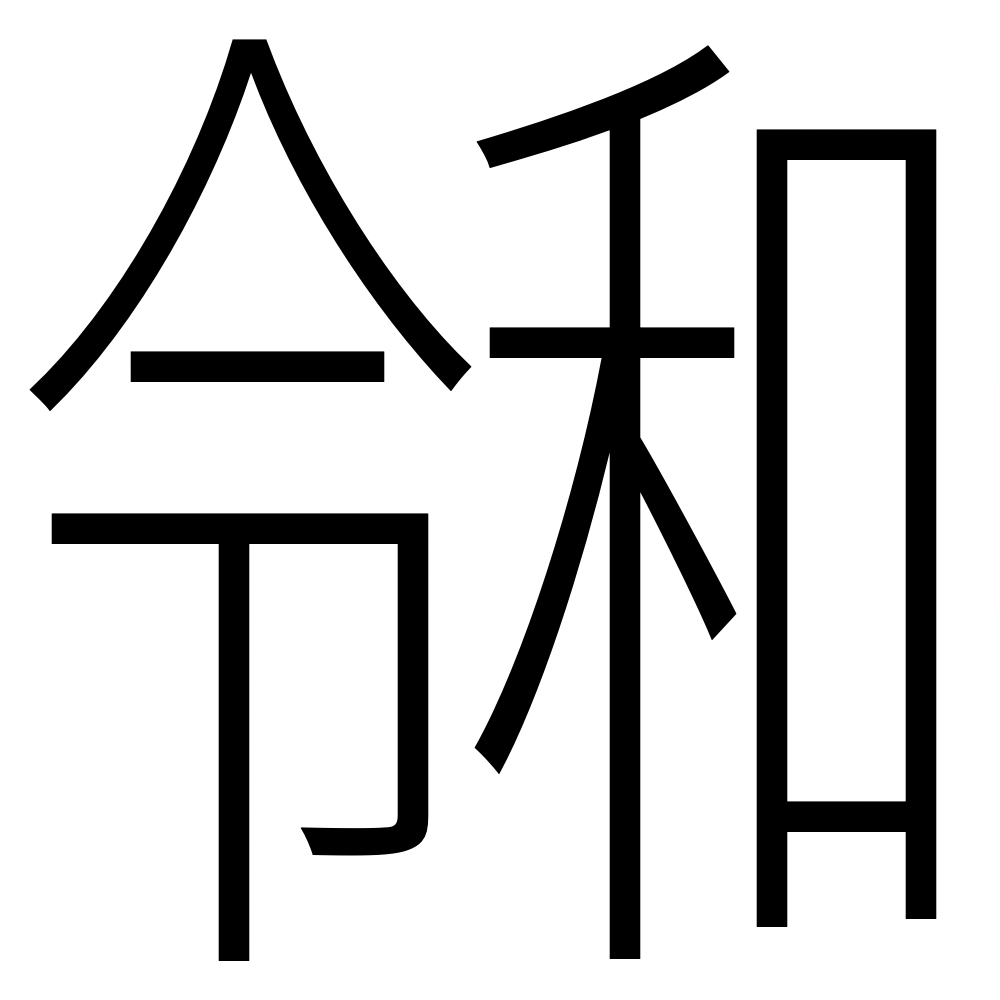
The earlier part of this year was spent preparing new and revised glyphs for the Source Han Sans and Google-branded Noto Sans CJK Version 2.001 update, which also involved changing several mappings. The fonts for the former Pan-CJK typeface family were released today, and as usual, the all-inclusive—and highly-recommended—45-font Super OTC (OpenType Collection) is easily downloaded from the latest release page. See the official ReadMe (will download if clicked) for more details about this release. 70 of the Source Han Sans Version 2.001 fonts are also available via Adobe Fonts (formerly Adobe Typekit).
Continue reading…
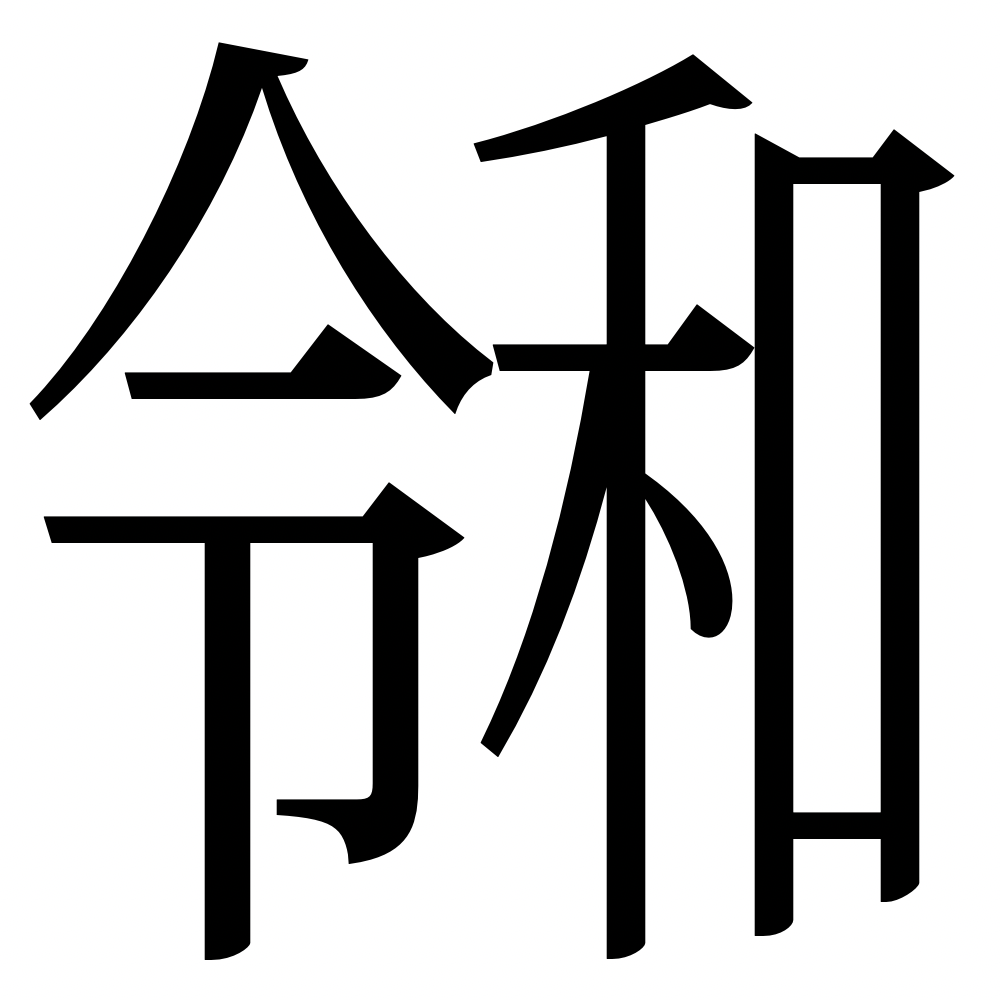
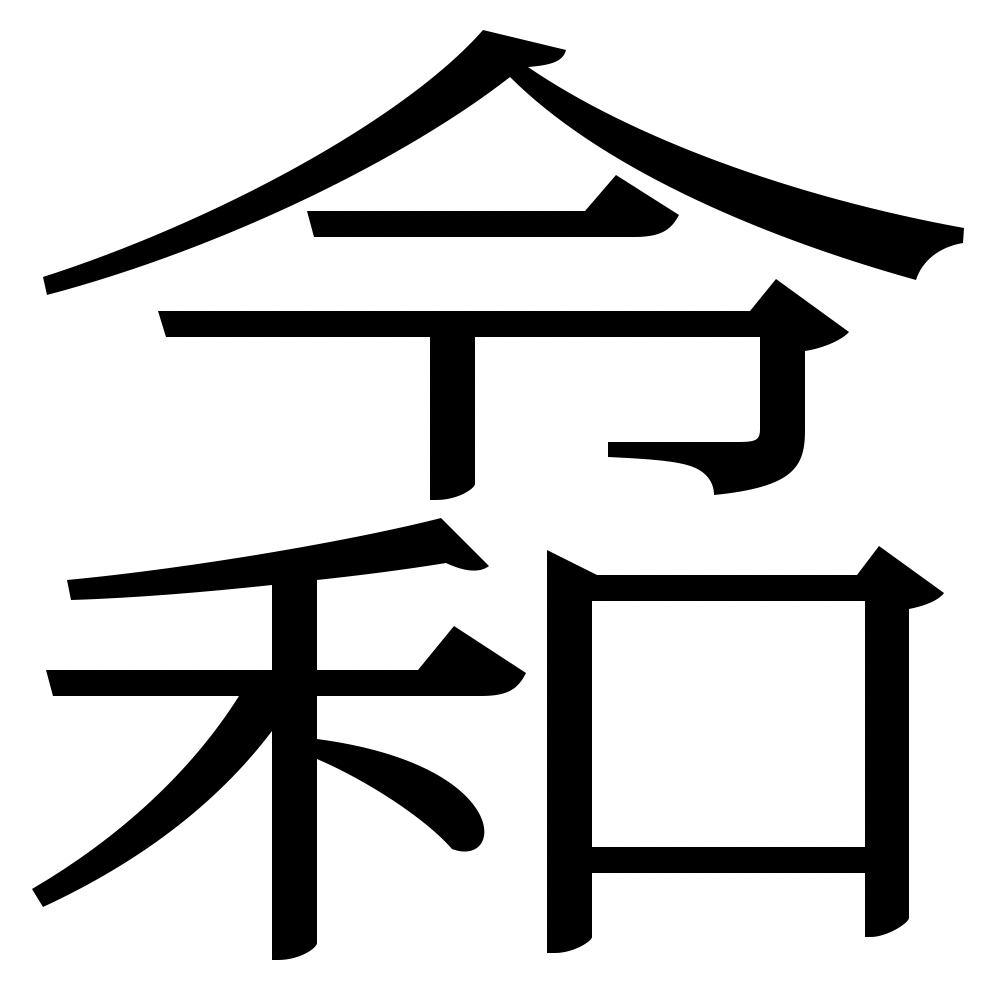
Japan announced the name of their new era, 令和 (reiwa), today. This announcement has set several things into motion, one of which is the publishing of the Adobe-Japan1-7 specification that adds CIDs 23058 and 23059 as the respective horizontal and vertical forms of the two-kanji square ligature form that will be encoded as U+32FF ㋿ SQUARE ERA NAME REIWA in Unicode Version 12.1. Font developers can now reference the Adobe-Japan1-7 specification.
Continue reading…

What do U+AE40 김 and U+6A02 樂 have in common? 🤔
I enjoy working with standards.
Interestingly, standards that were published by the Koreas—South Korea (aka ROK) and North Korea (aka DPRK)—include characters that appear more than once.
In the case of South Korea, it is well known that 268 of the 4,888 ideographs (aka hanja) in the KS X 1001 standard are duplicates, which affects ideographs for which there are more than one reading. This, of course, means that there are 4,620 unique ideographs in that standard.
In the case of North Korea, their original KPS 9566 standard that is dated 1997 separately encodes the modern hangul syllables that represent the names of the previous (at the time) and current (again, at the time) leaders.
Continue reading…
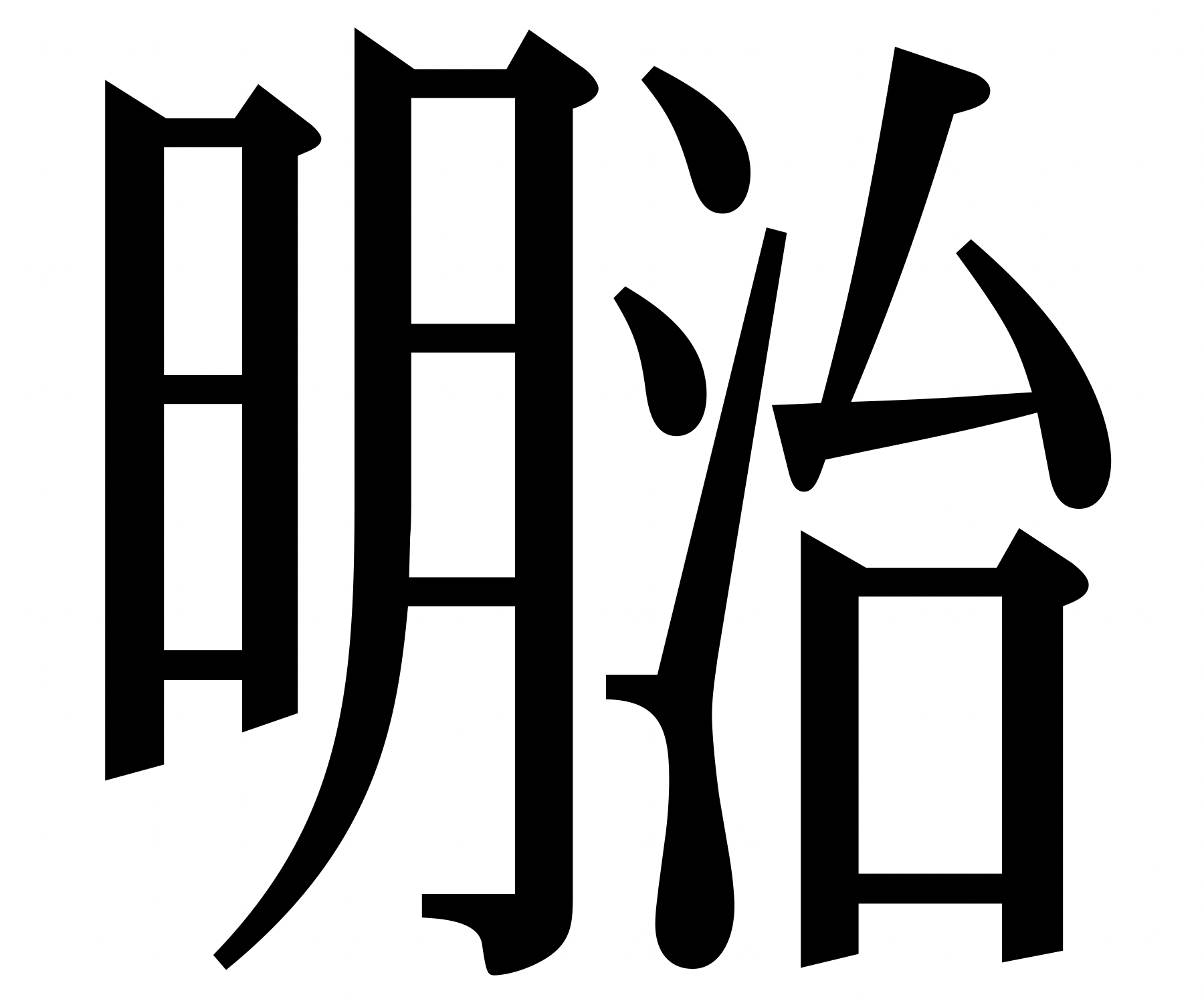
In exactly 10 days, Japan is expected to reveal the name of its next era that will begin on 2019-05-01.
This article will cover several important standards or events that are related to the two-kanji square ligature forms of the current era name, the previous three, and the forthcoming one.
Continue reading…
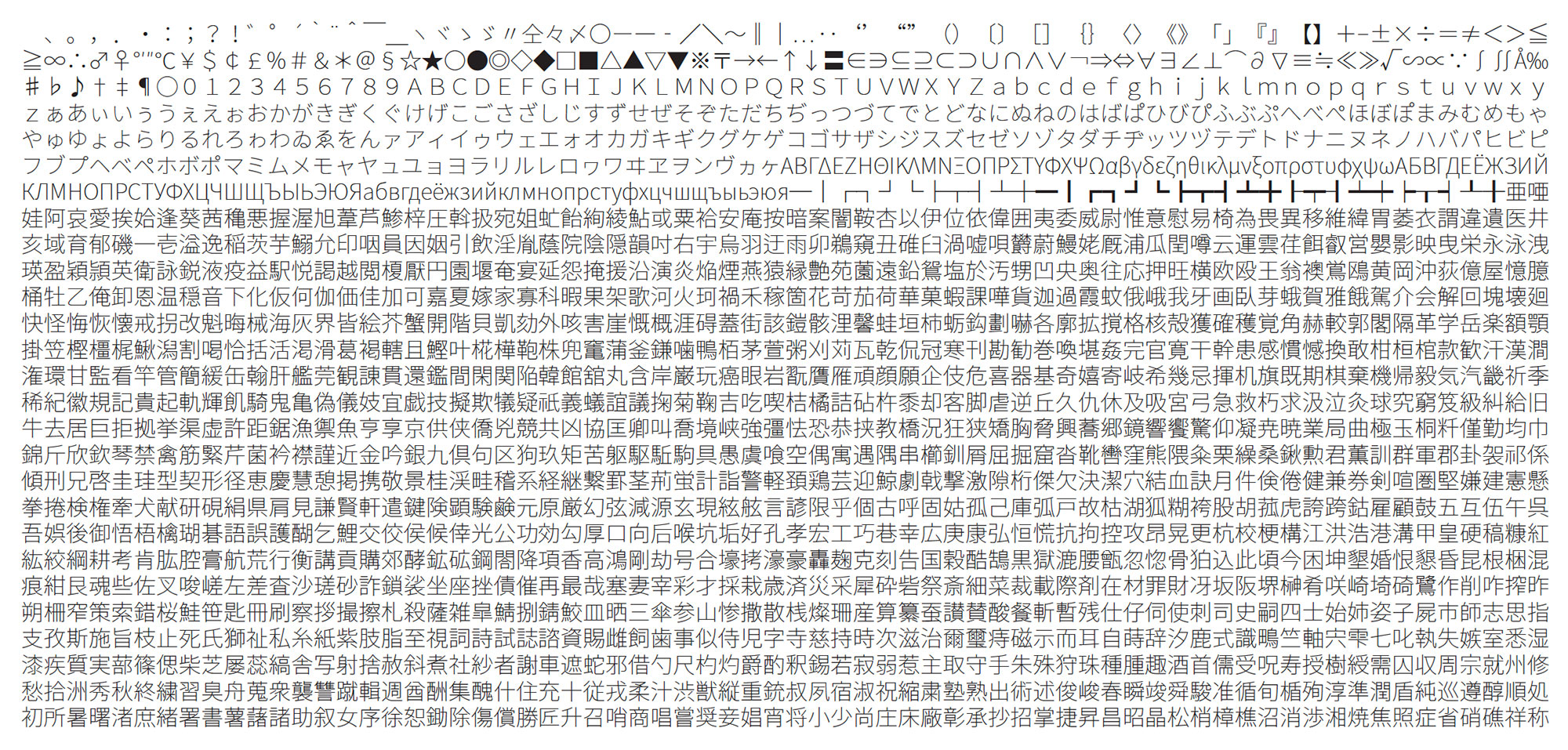
Prompted by recent activity on Twitter, I assembled a new mapping file that correlates Adobe-Japan1-6 CIDs (aka glyphs) to Source Han ones, but only for the 6,879 characters in the JIS X 0208 standard. Because the Source Han Sans and Source Han Serif glyphs sets are different, they require separate columns in the mapping file. Also, for the 161 kanji in JIS X 0208 that have both JIS90 (aka JIS X 0208-1990) and JIS2004 (aka JIS X 0213:2004) forms, the CIDs that correspond to the JIS2004 forms are indicated, and those for the JIS90 forms are in brackets.
Continue reading…

I spent part of last week preparing the Adobe-Japan1-7 character collection specification update, which will be released sometime in early April, shortly after Japan announces the name of their new era name. (Until the update is released next month, Adobe-Japan1-6 is still reflected in the open source project.) The announcement is expected to take place on 2019-04-01, and while this date represents the start of a new fiscal year in Japan, it is an unfortunate choice for elsewhere.
Anyway, while performing said update, I came across a reference to Adobe Tech Note #5094, Adobe CJKV Character Collections and CMaps for CID-Keyed Fonts, which I last updated a dozen years ago. I decided to use this as an opportunity to obsolete yet another Adobe Tech Note by incorporating its meaningful content into the open source CMap Resources project. I did precisely that last week, which involved updating its content in the process.

This is a brief article to draw readers’ attention to my latest test font, which is a 12-font 65,535-glyph OpenType/CFF Collection that is intended to test how well an app or other font-consuming environment supports language tagging for East Asian text, to include the handling of localized strings, such as those for menu names in the 'name' table, and for named Stylistic Set 'GSUB' features.
The Variable Font Collection test fonts that were made available at the beginning of this month serve this purpose to some extent, but they also require an environment that supports not only Variable Fonts (aka OpenType/CFF2 fonts), but also Variable Font Collections (aka OpenType/CFF2 Collections). The main intent of this OpenType/CFF Collection is to remove the Variable Font baggage from the testing requirement. It also includes support for Macao SAR as a third form of Traditional Chinese, which was described in the previous article.
Please visit the open source Source LOCL Test project for more details, or to download the pre-built OpenType/CFF Collection binary from the Latest Release page.
Enjoy!
Macao SAR (SAR stands for Special Administrative Region)—written 澳門特別行政區 or 澳門特區—is in the process of standardizing MSCS (Macao Supplementary Character Set or 澳門增補字符集 in Chinese), which is character set standard that is designed as a supplement to HKSCS (Hong Kong Supplementary Character Set), and by extension, as a supplement to Big Five. One reliable source told me that MSCS can be described as HKSCS plus approximately 150 additional characters.
Continue reading…

This is a short article that is simply meant to draw developers’ attention to three OpenType/CFF2 Collections (aka Variable Font Collections) that I built this week, which are now available in the open source Variable Font Collection Test project. As stated in the project, the purpose of these Variable Font Collections is to simulate the Source Han and Noto CJK fonts deployed as Variable Fonts, to help make sure that the infrastructure—OSes, apps, layout engines, libraries, and so on—will support them. Remember that it took several years for Microsoft to support OpenType/CFF Collections (OTCs), which finally happened on 2016-08-02. In other words, this is not trivial.
Continue reading…